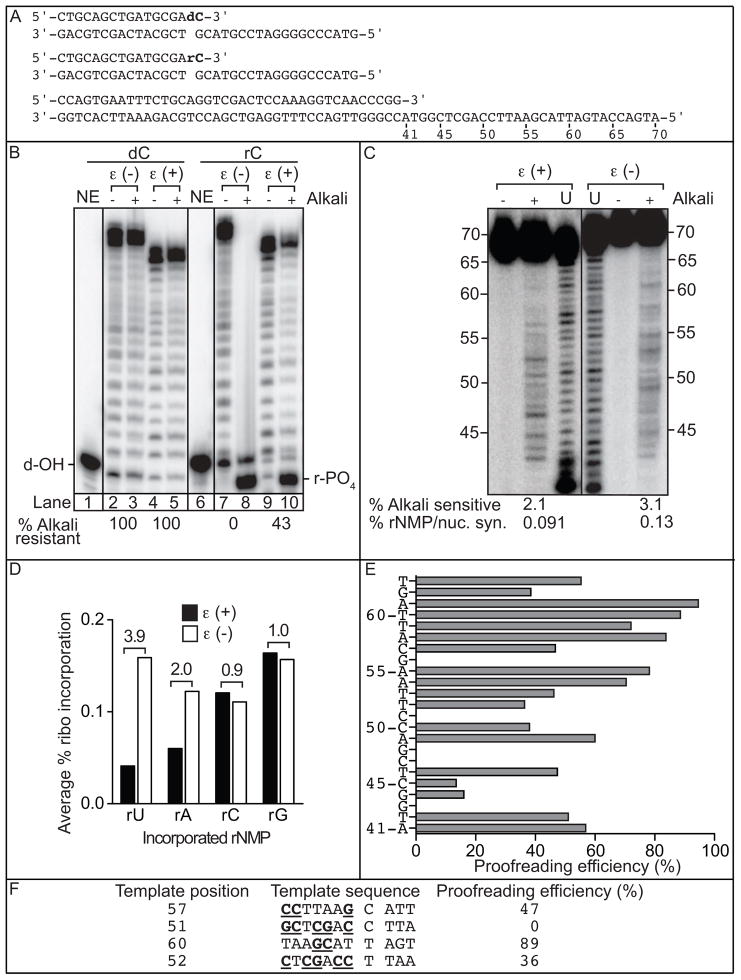Fig. 1. Ribonucleotide extension, incorporation and proofreading by Pol ε.
(A) Sequences of primer-templates used for panel B (top two substrates) and panel C (lower substrate); (B) Alkali-cleavage of extension products. ε(+) and ε(−) refer to proofreading-proficient and proofreading-deficient Pol ε, respectively. NE indicates the no enzyme control. For the lanes under dC, the highest mobility band represents the unextended deoxy-terminated primer (d-OH). For lanes under rC, the highest mobility band (r-PO4) represents the 3′-terminal phosphate-containing product of extension followed by alkali cleavage. This molecule migrates faster due to the presence of the terminal-phosphate [19]. The percentage of alkali-resistant product is indicated below the image; (C) Stable rNMP incorporation. Lanes marked (U) depict products generated by Pol ε prior to gel purification, as described in [5]. The percentage of alkali sensitive products and the percentage of rNMP incorporation per nucleotide synthesized are shown below each lane. The mean and standard deviation for triplicate measurements was 2.1 ± 0.3 for wild type Pol ε and 3.1 ± 0.02 for exonuclease-deficient Pol ε; (D) Average frequency of ribonucleotide incorporation for rU, rA, rC and rG calculated from (C). The relative difference in ribonucleotide incorporation between proofreading-proficient and –deficient Pol ε is shown above each base; (E) Proofreading efficiency calculated as 1-(rNMP incorporation for proofreading proficient pol ε/rNMP incorporation for proofreading deficient pol ε) at 24 template positions; (F) Proofreading at two C and two T in four different sequence contexts: C57, C51, T60 and T52. The template base located at the site of proofreading is between the two spaces. G and C bases are underlined and in bold face to highlight the possibility that increased G+C content suppresses proofreading.

